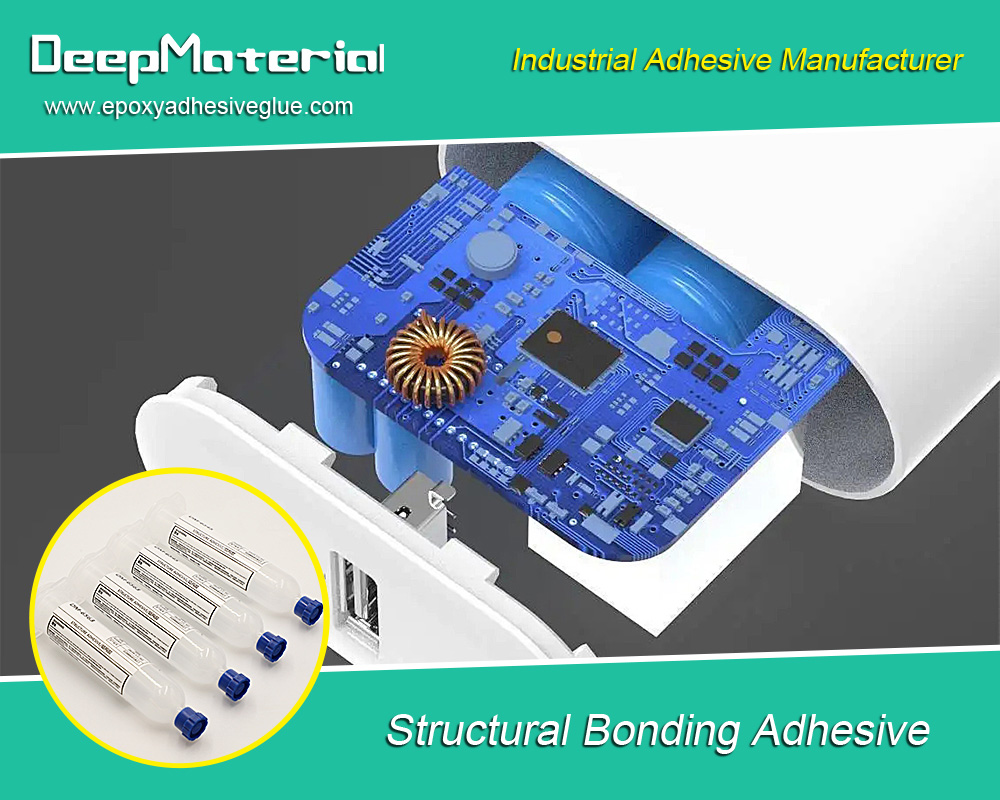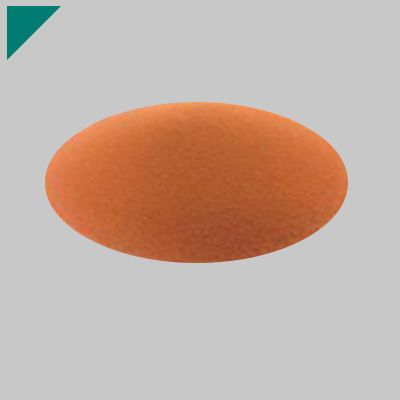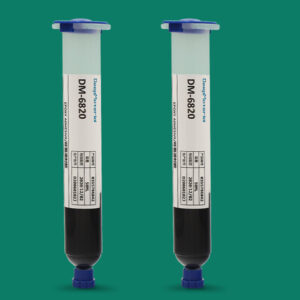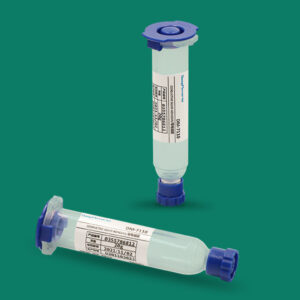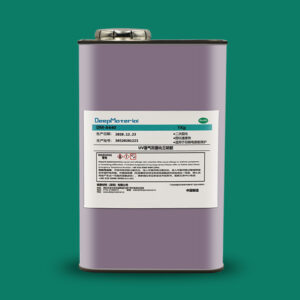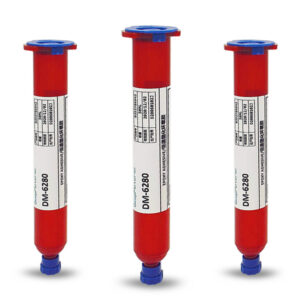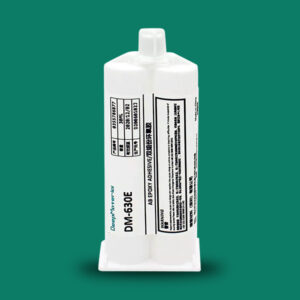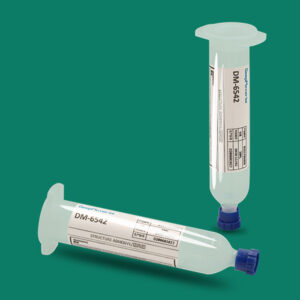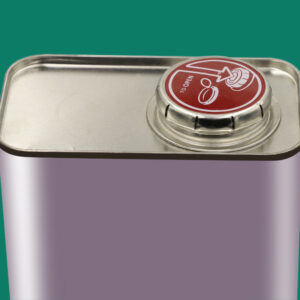Self-Contained Fire Suppression Materials: The Future of Fire Safety Technology
Self-Contained Fire Suppression Materials: The Future of Fire Safety Technology
Fire safety has never been more critical in a world increasingly dependent on technology and complex machinery. Fires can erupt at any time, from the tiniest sparks in an industrial facility to the catastrophic consequences of a wildfire. While traditional fire suppression systems, like sprinklers and extinguishers, have served us well for decades, modern challenges require more sophisticated solutions. Self-contained fire suppression materials (SCFS) are particularly useful in this situation.
What Are Self-Contained Fire Suppression Materials?
Self-contained fire suppression materials are substances or systems designed to control and extinguish fires without requiring external power, complex installations, or constant monitoring. These materials are typically activated automatically by the heat or presence of fire, and they work by disrupting the chemical reactions that sustain a fire.
The main goal of SCFS is to detect and suppress fires at their earliest stages, preventing them from spreading and causing widespread damage. Self-contained suppression materials can be used in various environments, including homes, vehicles, industrial machinery, electrical systems, and computer data centers.
How Do Self-Contained Fire Suppression Materials Work?
The operation of self-contained fire suppression materials typically relies on a few key principles:
- Heat Sensitivity: Many SCFS systems use heat-sensitive components to detect a fire. The material is activated when temperatures exceed a certain threshold, releasing suppression agents that suppress the fire.
- Chemical Disruption: SCFS works by interfering with the fire’s chemical process. These materials stop the combustion process by cooling the area around the fire or reducing oxygen levels.
- Localized Activation: Unlike traditional suppression systems that require manual intervention, SCFS systems automatically activate when they detect the presence of heat or smoke.
Several types of self-contained fire suppression materials exist, each with a unique mechanism of action. Let’s examine some of these.
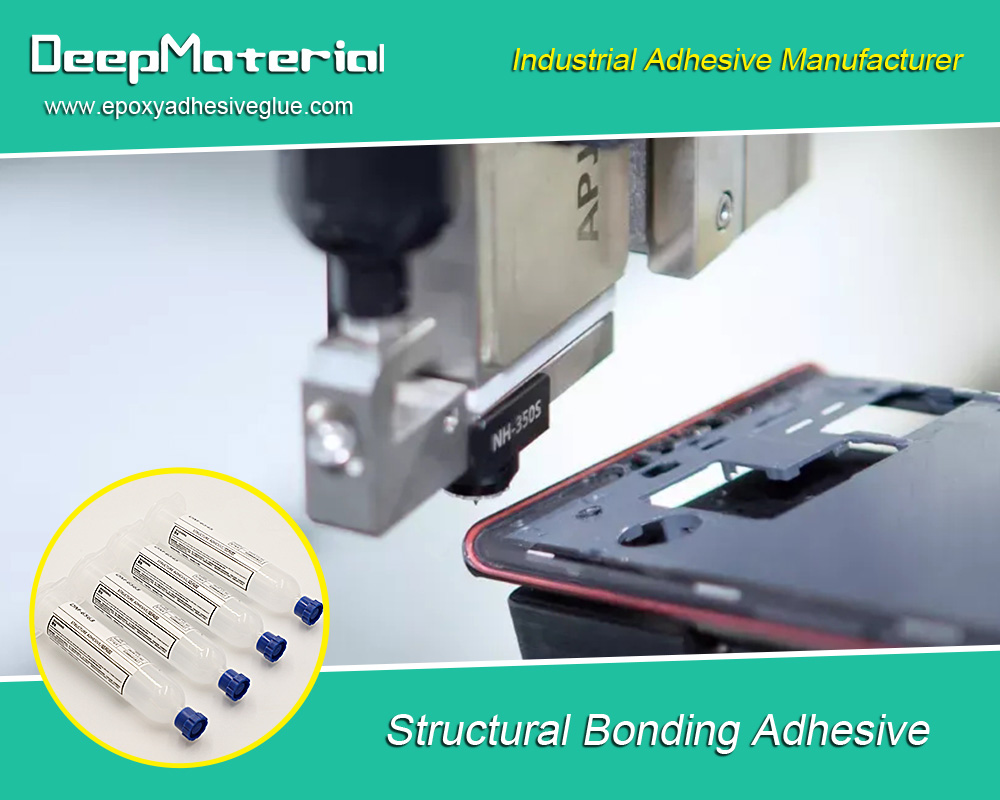
Types of Self-Contained Fire Suppression Materials
Self-contained fire suppression materials come in various forms, each tailored to specific fire risks and environments. Below are the most common types:
Fire Suppression Aerosols
Fire suppression aerosols are a popular self-contained fire suppression solution, particularly for smaller spaces or localized fire risks. When triggered by heat, these systems release a fine mist of fire suppression agents. The agent interferes with the chemical reactions within the fire, rapidly extinguishing it.
- How They Work: When a fire starts, an aerosol fire suppression system detects the heat and releases a chemical aerosol, forming a dense suppression agent cloud. This agent reduces the fire’s temperature and inhibits the combustion’s chemical reaction.
- Typical Applications: SCFS systems are used in engine compartments, electrical cabinets, server rooms, and small industrial settings.
Fire Extinguishing Spray Kits
Self-contained spray kits are handheld containers of fire suppression agents designed to tackle small fires. These systems are commonly used in homes and vehicles and are an easy-to-use alternative to traditional extinguishers.
- How They Work: These kits use a propellant to spray a fire-suppressing chemical, such as potassium bicarbonateor monoammonium phosphate, directly at the fire. The chemical quickly cools and smothers the flames, preventing further combustion.
- Typical Applicationsinclude home kitchens, vehicles, and minor electrical fires.
Fire Suppression Gel
Fire suppression gel is a thick, viscous substance designed to be applied directly to surfaces at risk of catching fire. It creates a barrier that prevents oxygen from reaching the fuel, smothering the fire. The gel also cools the affected area and can prevent reignition.
- How They Work: The gel adheres to surfaces like wood, fabric, and metal, releasing a cooling effect that suppresses flames and reduces the risk of further damage. The gel can be applied manually or released through automatic systems.
- Typical Applicationsinclude wildfire prevention, forestry, and protecting vehicles or buildings in fire-prone areas.”
Self-Contained Fire Suppression Bags
Self-contained fire suppression bags are compact, portable devices that contain fire suppressant material. These bags are commonly used in environments where small-scale fire risks exist, such as kitchens, laboratories, or small industrial settings.
- How They Work: These bags automatically release fire suppression agents when exposed to heat or flames. They can be mounted in areas at high risk of fires and provide instant protection when the fire reaches a specific temperature.
- Typical Applicationsinclude small kitchens, laboratories, and vehicle engine compartments.
Fire Suppressant Coatings
Fire suppressant coatings are chemical agents applied to surfaces to prevent fires from spreading. These coatings are designed to react to heat, releasing suppression agents when exposed to high temperatures, effectively preventing fires from growing out of control.
- How They Work: The coatings are typically applied to surfaces in areas prone to fires. When the temperature reaches a critical point, the coating reacts and releases a fire-suppressing chemical that reduces heat and oxygen levels.
- Typical Applicationsinclude buildings, industrial settings, and transportation systems.
Benefits of Self-Contained Fire Suppression Materials
Self-contained fire suppression materials offer several key benefits over traditional fire suppression methods. Here are some of the most compelling advantages:
Automatic Activation
One of the standout features of self-contained fire suppression materials is their automatic activation. These systems detect fire early and activate without human intervention, reducing the risk of delayed response and minimizing damage.
- Benefit: Faster fire detection and suppression reduce overall damage and can save lives.
Localized Fire Suppression
Unlike traditional fire suppression systems, which often cover large areas, SCFS materials are designed for localized fire suppression. They address fire risks at their source, preventing the fire from spreading.
- Benefit: Precision in suppression prevents collateral damage and minimizes the suppression agent needed.
Portability and Flexibility
Many self-contained fire suppression solutions are portable and versatile, making them suitable for various environments. Whether it’s a small home kitchen or a large industrial warehouse, there is a self-contained solution that fits the need.
- Benefit: SCFS systems can be installed or used in confined spaces or high-risk areas without extensive infrastructure.
Minimal Cleanup
Self-contained fire suppression materials are designed to leave minimal residue, reducing the cleaning needed after a fire has been suppressed. For example, aerosol systems typically evaporate, leaving no messy aftermath.
- Benefit: Less downtime and faster recovery after the fire incident.
- Cost-Effective
In many cases, self-contained fire suppression systems are more cost-effective than installing complex sprinkler or gas-based suppression systems. They require less maintenance and can be replaced or refilled as needed.
- Benefit: Reduced upfront installation and long-term maintenance costs.
Limitations of Self-Contained Fire Suppression Materials
While self-contained fire suppression materials offer numerous advantages, they are not without limitations. Some of the challenges associated with these systems include:
Limited Coverage Area
- Because many self-contained fire suppression materials are designed for localized application, they may not be suitable for larger fires or widespread areas. They are ideal for small-scale fires but may need to be complemented with traditional systems in larger environments.
Dependence on Activation Conditions
- Some SCFS materials rely on temperature thresholds or other specific conditions to activate. If these conditions are not met or the fire is too intense, the system may fail to activate.
Potential Environmental Impact
- Specific fire suppression agents, such as those used in aerosol systems, can have environmental impacts if not disposed of properly. While many SCFS materials are eco-friendly, it’s essential to ensure they are recycled or disposed of according to local regulations.
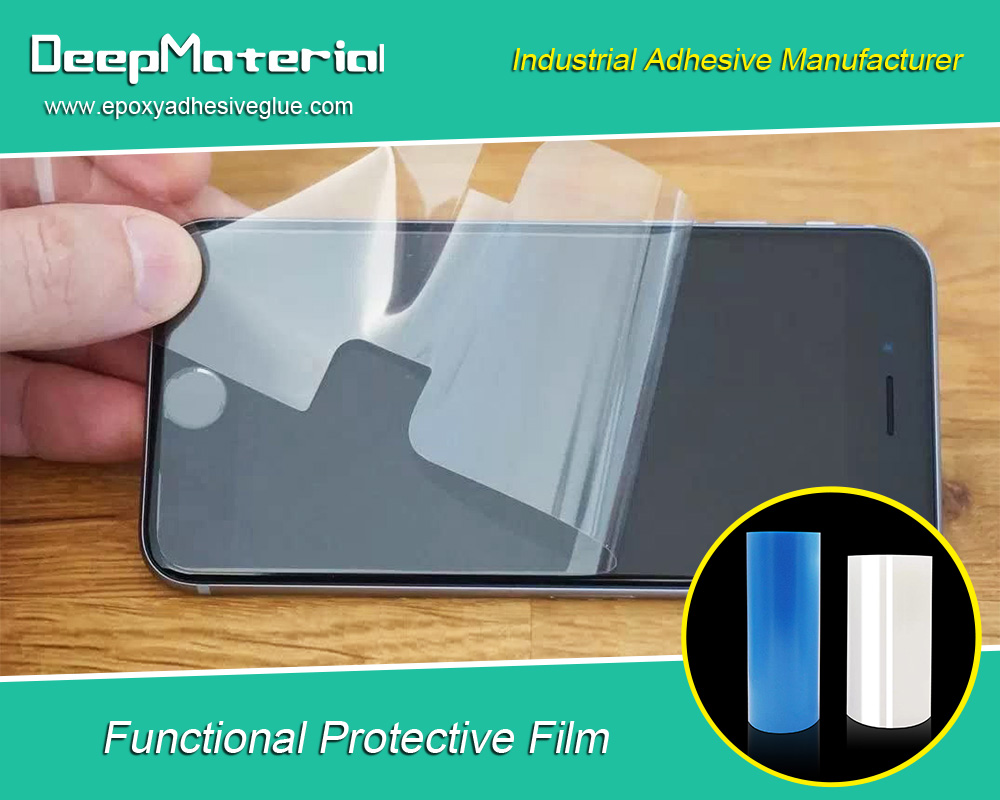
Conclusion
Self-contained fire suppression materials represent a promising leap forward in fire safety technology. Their ability to quickly and efficiently suppress fires in localized areas, often without external power or manual intervention, makes them essential to modern fire safety. Whether used in residential homes, vehicles, or industrial settings, SCFS materials offer a range of benefits, including faster response times, lower costs, and minimal cleanup.For more about choosing the best self-contained fire suppression materials: the future of fire safety technology, you can pay a visit to DeepMaterial at https://www.epoxyadhesiveglue.com/category/epoxy-adhesives-glue/ for more info.


